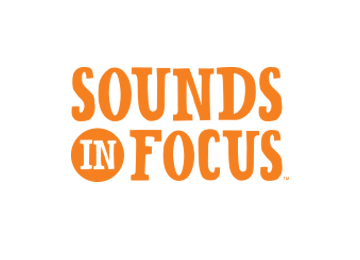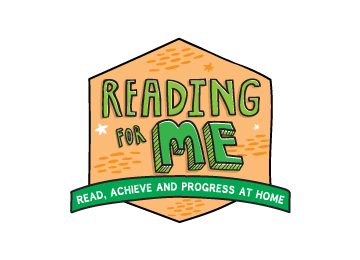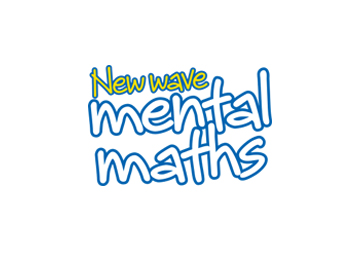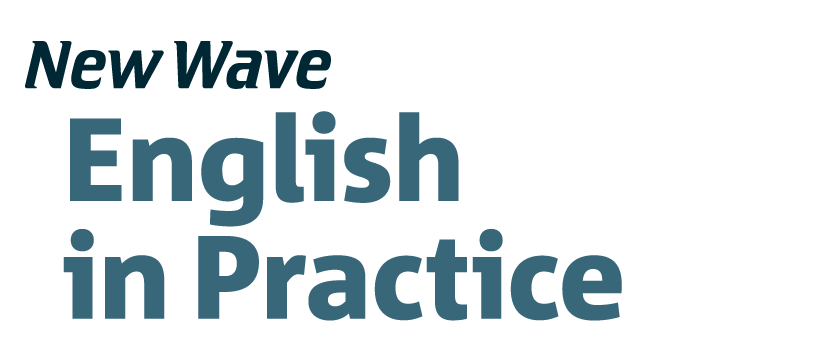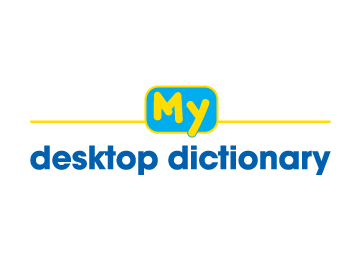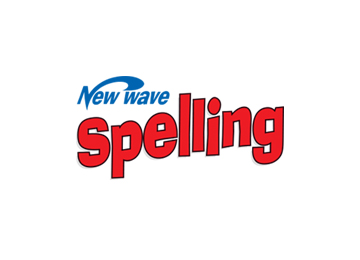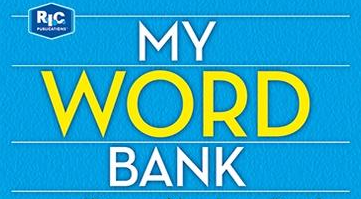Practise, Consolidate, Reinforce
At R.I.C. Publications, our practise, consolidate, reinforce method plays a pivotal role in a learner’s education. Through practise, the foundation of a learner’s understanding of new skills and concepts is created. Consolidation enables learners to connect previous knowledge with new information, fostering a holistic understanding of the curriculum. Learners experience positive reinforcement as they track their own progress and celebrate their achievements. The combination of these three strategies bolster confidence and long-term retention, paving the way for academic success and creating enthusiastic lifelong learners.
These three simple verbs underpin many of our resources, especially our workbooks, and focus on engaged involvement. Read on to dive deeper into the method.
Why use practise, consolidate, reinforce in your classroom?
The importance of practise, consolidate, reinforce in learners’ school education cannot be overstated. Practising allows for the mastery of concepts, retention of knowledge, and the development of essential skills. Consolidation fosters deeper understanding through the integration of learning and effective problem-solving abilities. Reinforcement supports children’s independence, facilitates the tracking of their own progress, and celebrates their achievements.
By emphasising these three pillars in education, it provides a foundation for academic success and lifelong learning.
Method:
Practise concepts and skills + Consolidate new concepts to existing knowledge + Reinforce effort
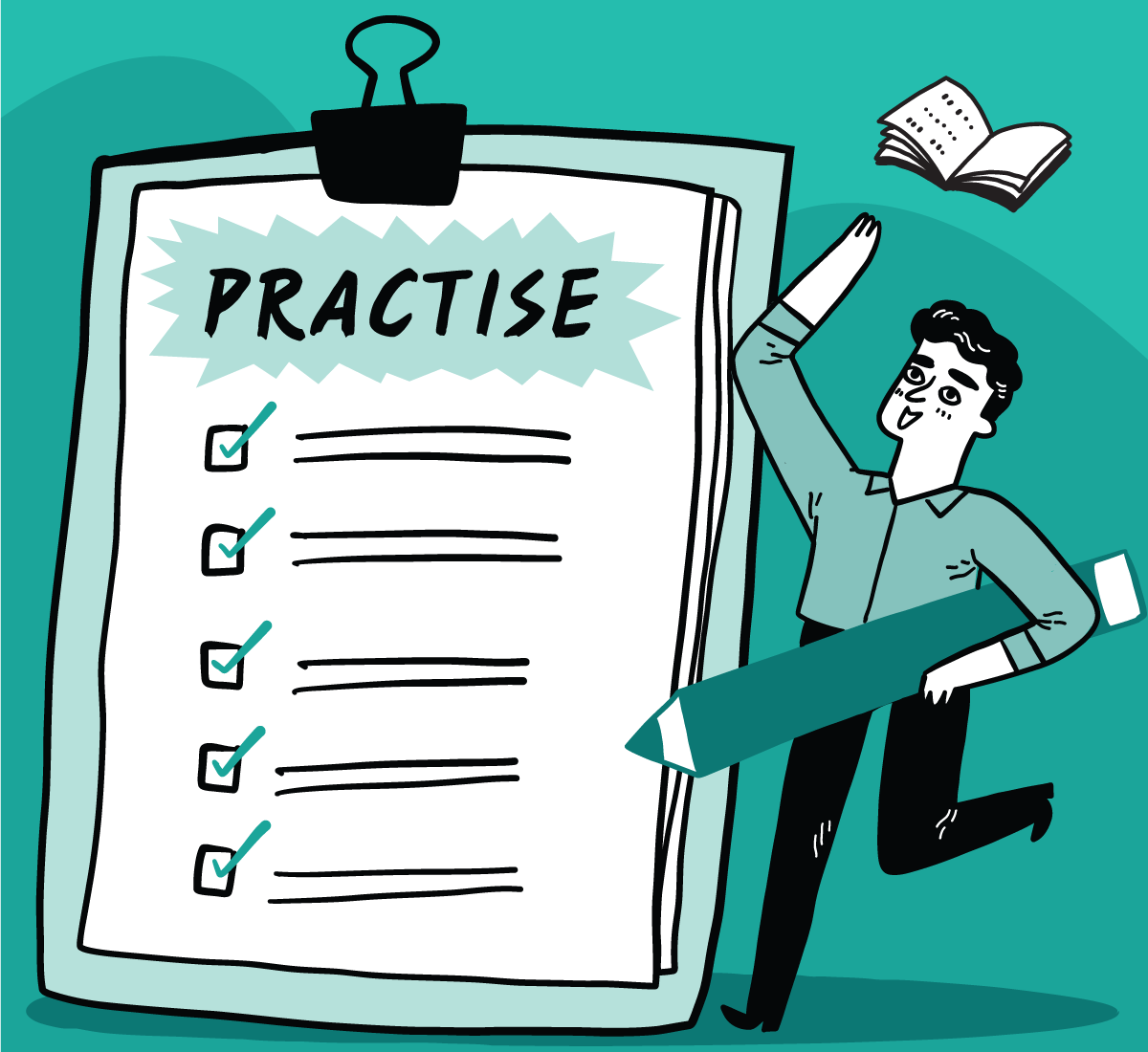
Practise
Why do we include ‘practise’ in our product development?
Practising is a fundamental aspect of effective learning and skill development. Through practising, learners are encouraged to apply and reinforce the concepts they have learned. Learners develop confidence when solving problems, because they consistently work on exercises designed to strengthen their understanding, and that require them to apply skills and concepts.
Regular practice helps learners retain information and identify any gaps or areas of weakness in their understanding. This allows them to seek clarification, ask questions, and engage in targeted work to address those gaps. By revisiting and reviewing concepts, they strengthen their memory and ensure long-term retention.
Practising enables learners to develop essential skills such as critical thinking, problem-solving, and time management. These skills are transferable to various aspects of their academic and personal lives, equipping them for future success.

Consolidate
Why do we include ‘consolidate’ in our product development?
Consolidation involves connecting new concepts to knowledge the learner has already gained, and in the process solidifying individual concepts into a unified understanding. It plays a vital role in a child’s educational journey.
Consolidation helps learners make connections between different concepts and topics, and it fosters deeper understanding. Through consolidation, learners integrate new information with their existing knowledge to promote critical thinking and analytical skills.
By consolidating their learning, they develop a structured mental framework that allows for easier retrieval and application of knowledge. It encourages problem-solving abilities by enabling learners to recognise patterns and apply relevant strategies.

Reinforce
Why do we include ‘reinforce’ in our product development?
Reinforcement supports the autonomy of learners in their own learning. This encourages learners to become independent learners by providing them with the tools to track their own progress and celebrate their achievements.
Through reinforcement, learners gain confidence over time as they witness their understanding broaden, and further develop a sense of accomplishment. As they reach milestones in their own learning, the educator can celebrate with the learner and create a lasting memory of the achievement through merit certificates, verbal feedback, and encouraging self-reflection.
Giving learners the control to track their own progress fosters a sense of independence and confidence as they can see their skills grow. The dual approach of learner tracking supported by educator encouragement, is essential to positively reinforcing learners’ learning.
Reinforcing effort instead of grades or results provides a more positive learning experience, one where learners are comfortable receiving constructive feedback as well as praise.
More about R.I.C. Publications’ workbooks
Promotes scaffolding learningOur workbooks encourage scaffolding learning to ensure that students are continuously building upon their knowledge as they progress throughout the academic year, helping them to be more independent in their learning journey. |
Monitor student progressContinuous assessment is catered for through review tests, assessment resources, and student record sheets in our workbooks. Our products support both educators and learners in tracking the learners’ progress to create a sense of achievement and curate differentiated learning experiences. |
Find out more
'Using the teaching charts has enabled my classroom to be lively with increased learner participation when going through the sounds.'
Find out more
'Reading For Me is an ideal resource for those working with children with special educational needs. The programme has 120 highly interesting and engaging texts accompanied by six comprehension questions printed with Dyslexia friendly font.'
Find out more
'New Wave Mental Maths is great! I have used a variety of levels to suit different grade levels and abilities. The days of the week sections make it a simple way to do a warm up in a maths lesson. At the end of week Friday Reviews are so handy to keep track of their progress.'
Find out more
'This is my first year using English in Practice and it is an amazing book. It draws attention to grammar as the building blocks of sentences, and language, and focuses on what children need to know in order to understand the nuances of texts rather than prescriptive, repetitive exercises on one topic at a time.'
Find out more
'The layout of My Desktop Dictionary is very clear and concise for learners. This resource is an absolute must in every classroom!'

.jpg)
